Loophole
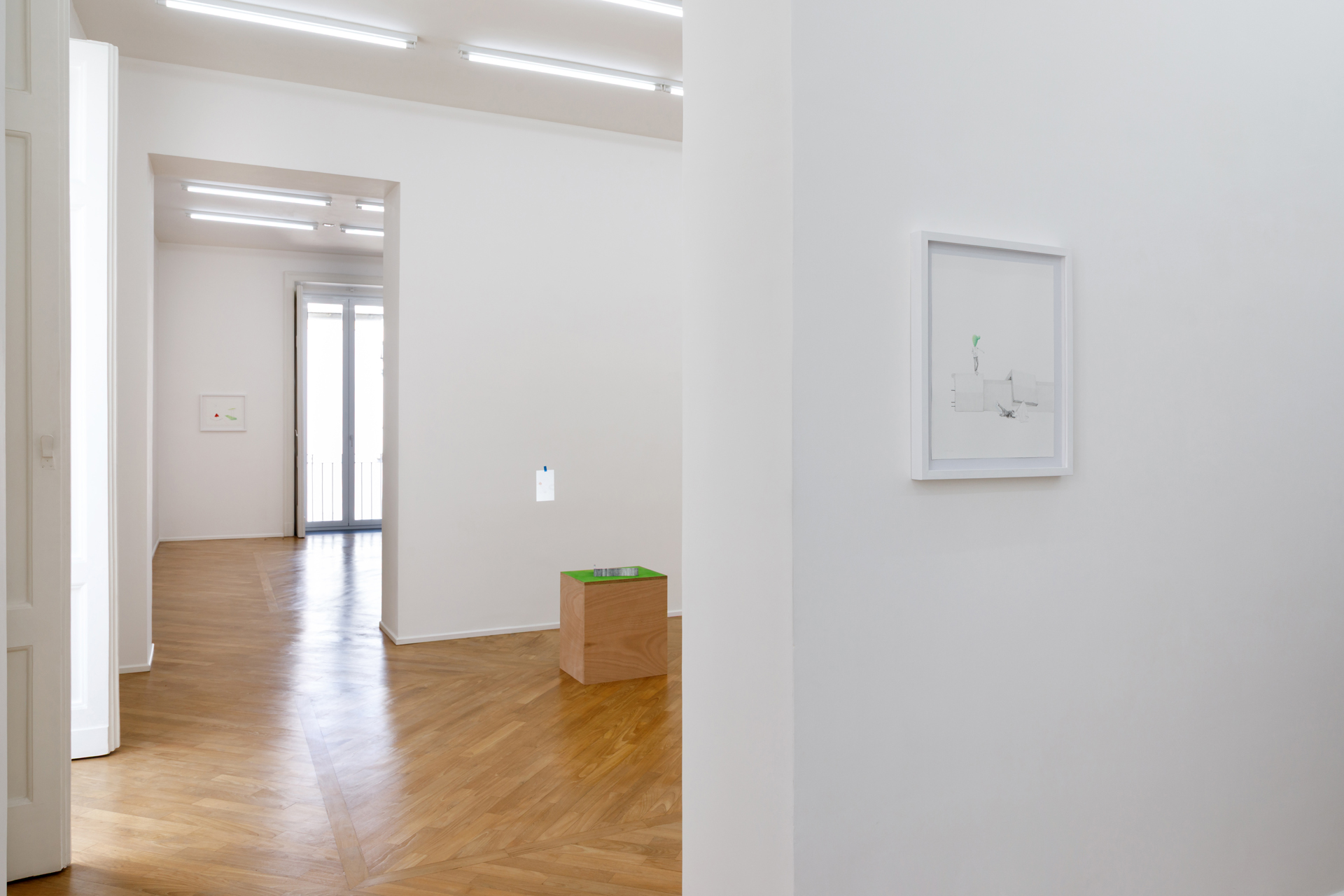
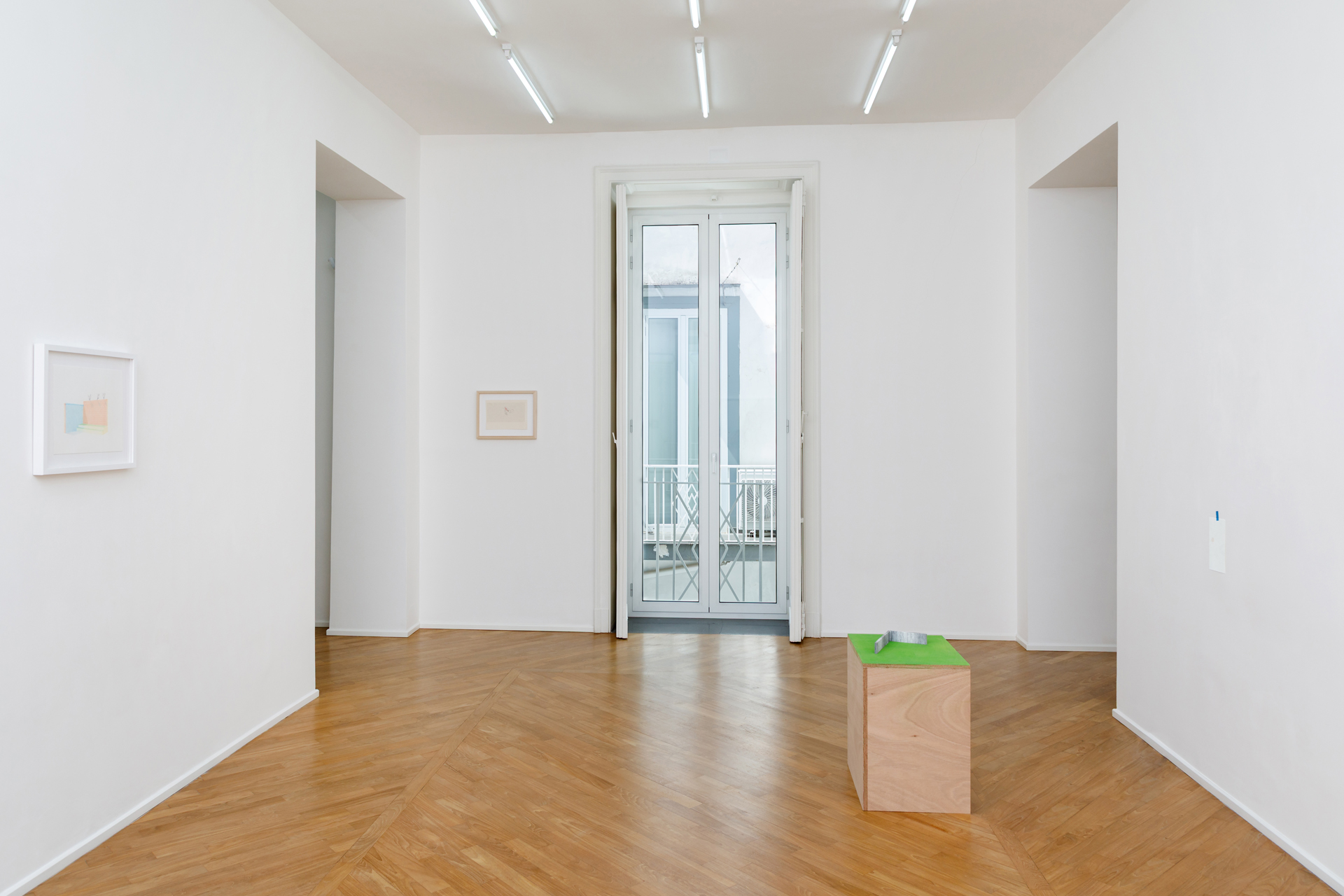

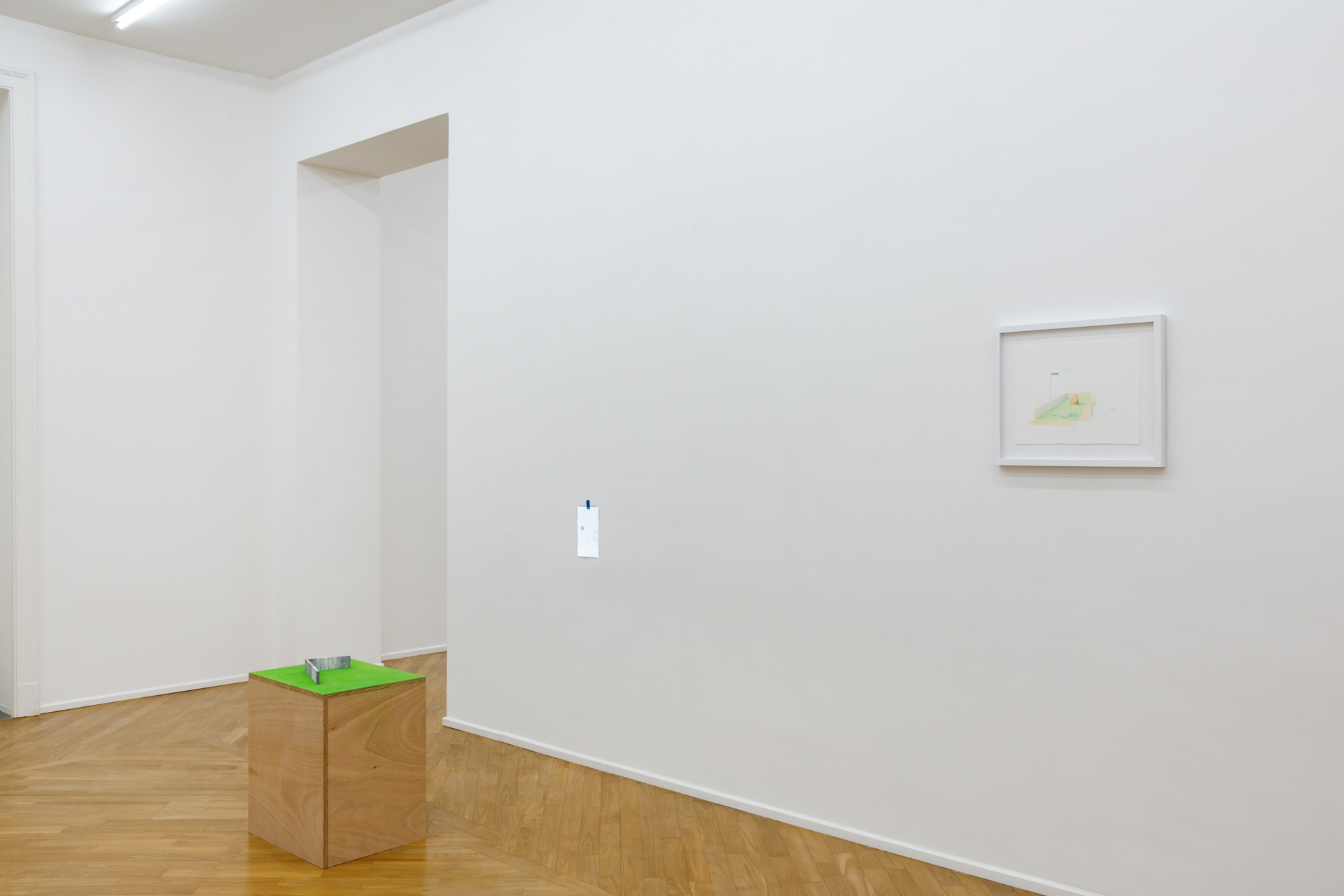


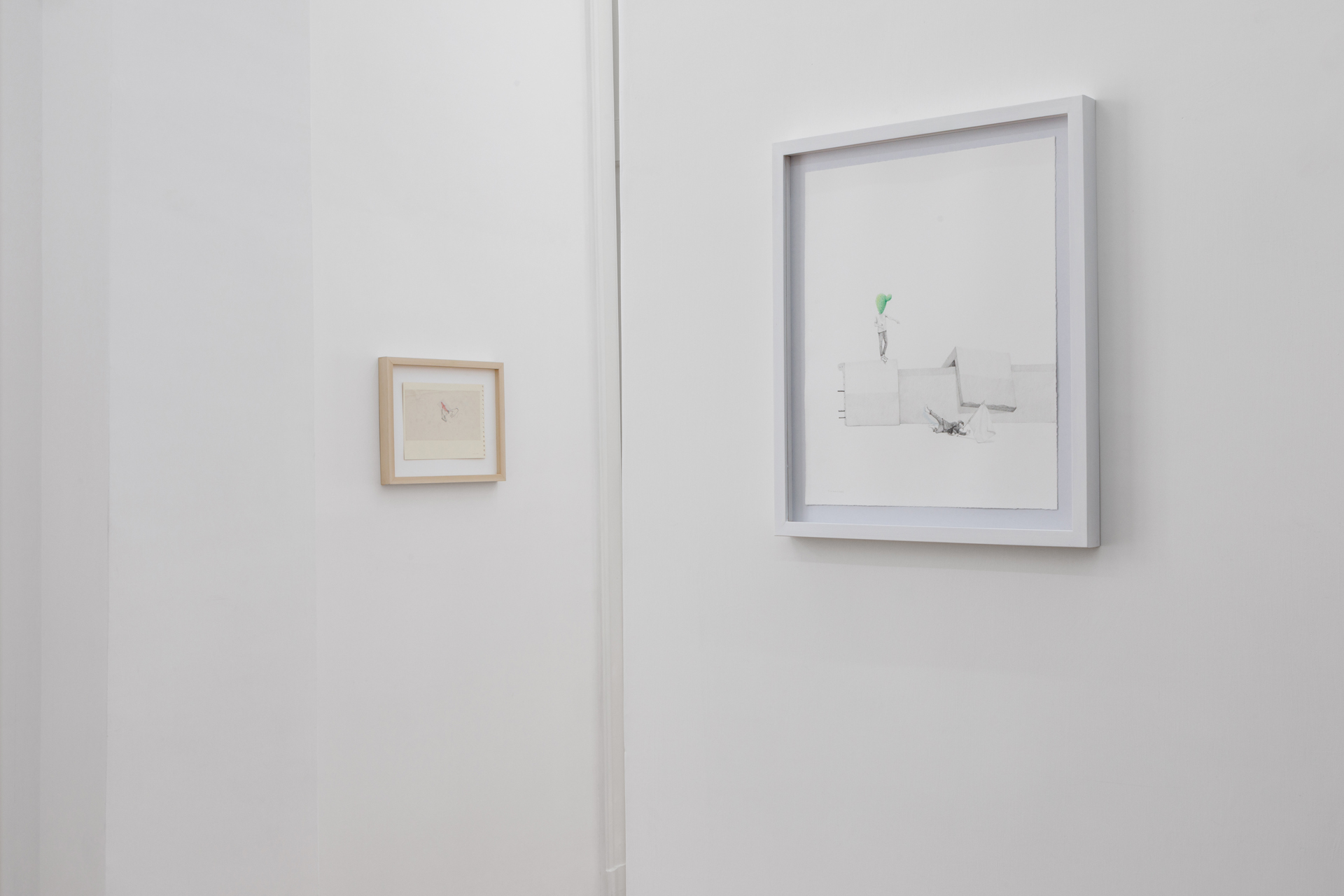


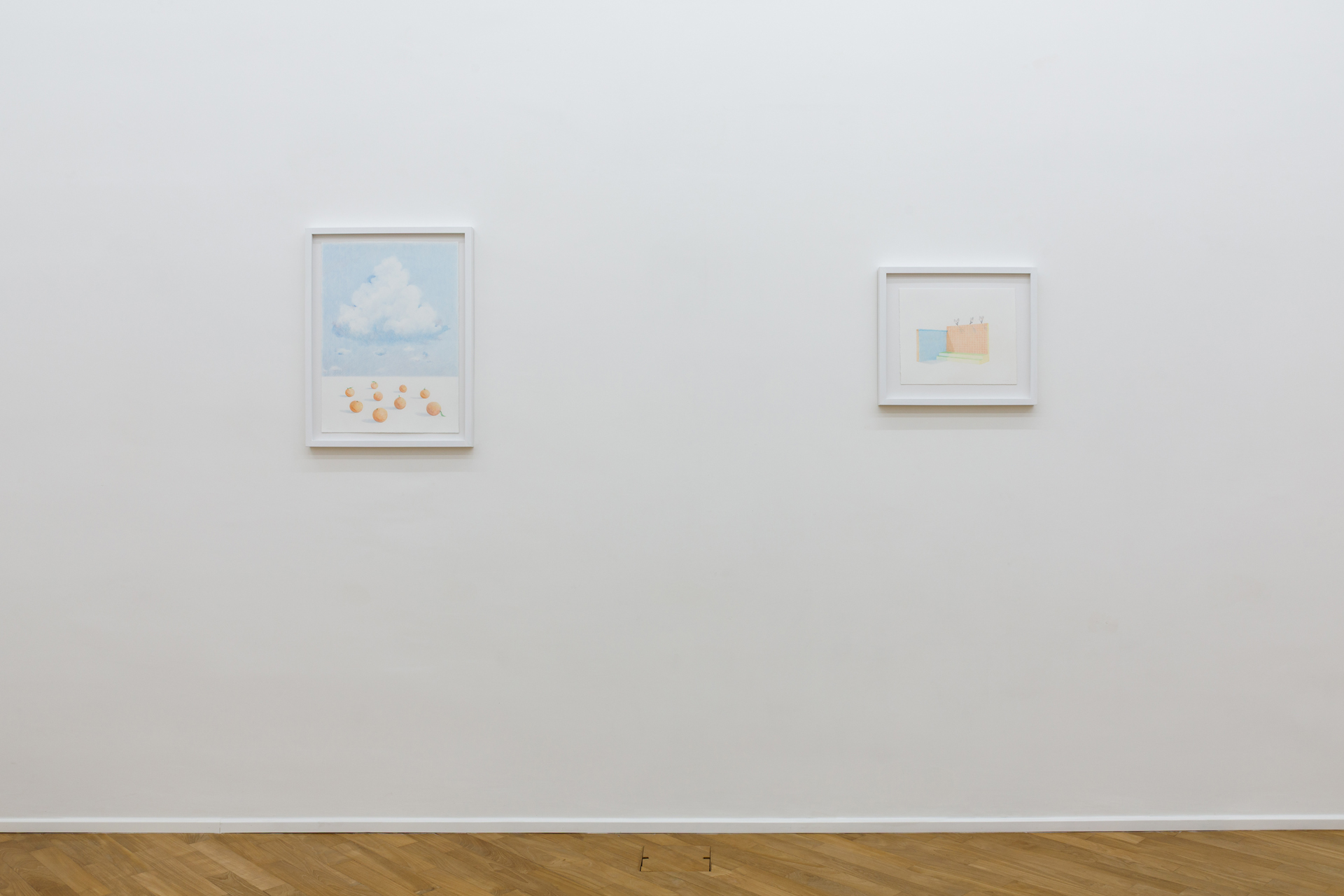

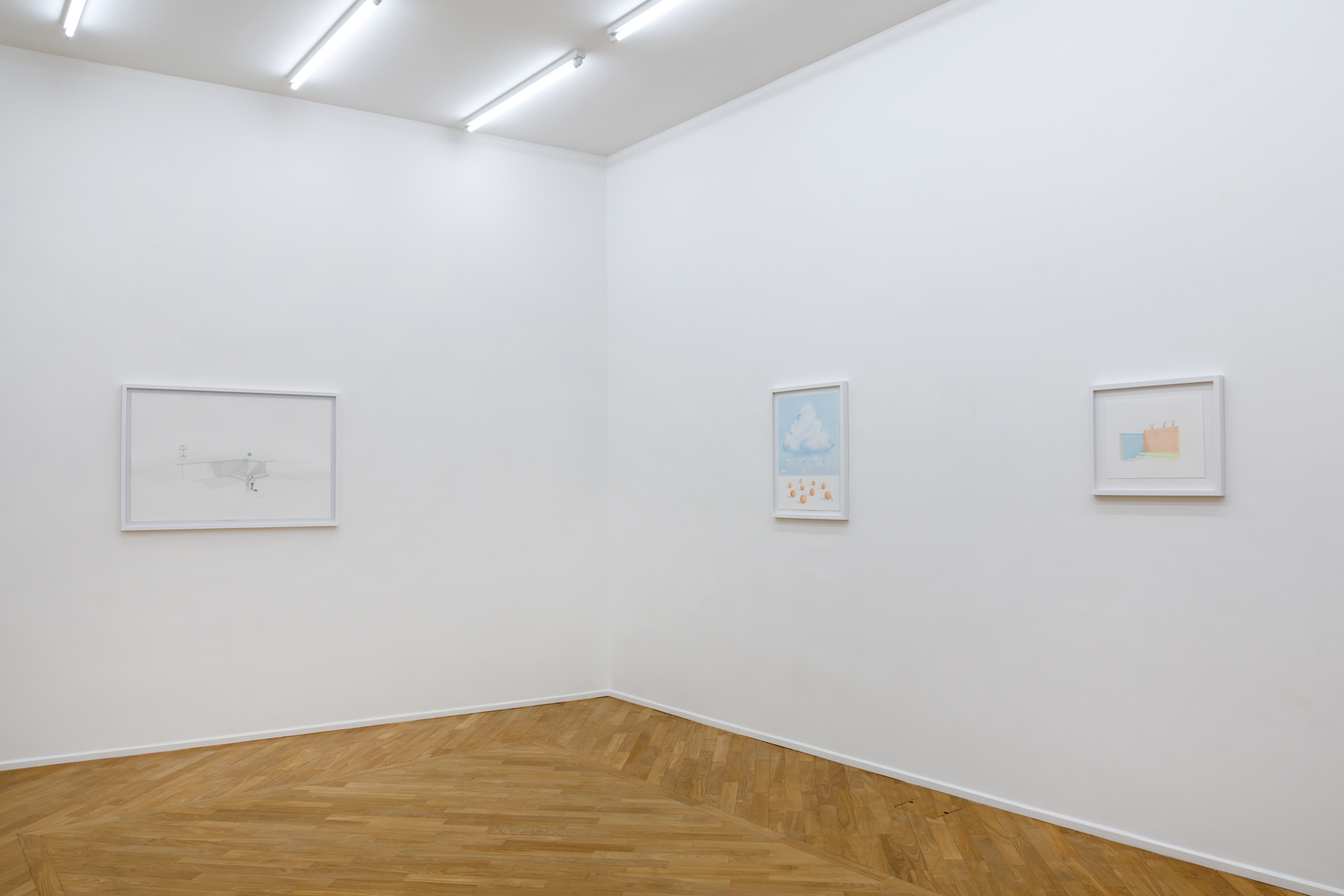


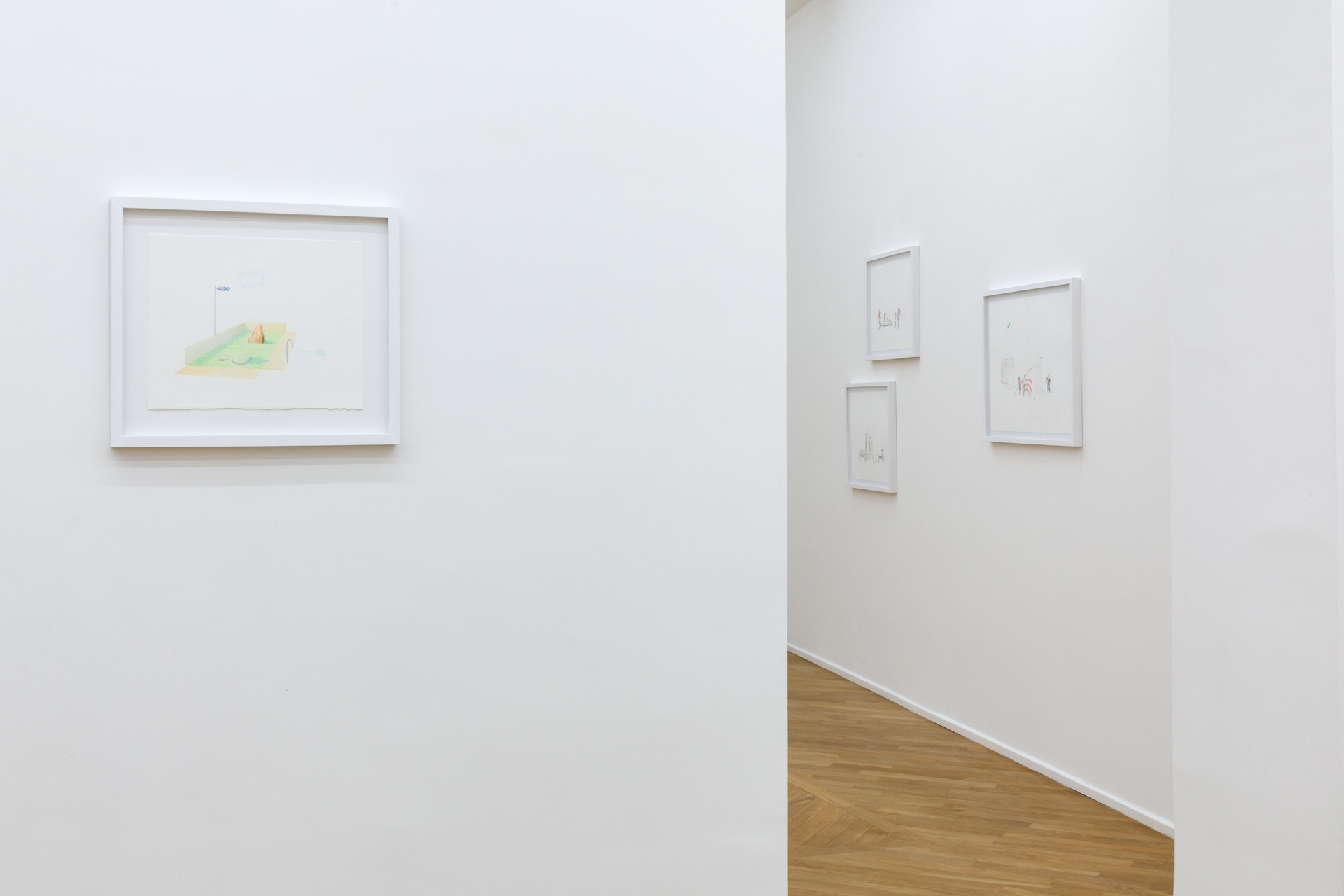


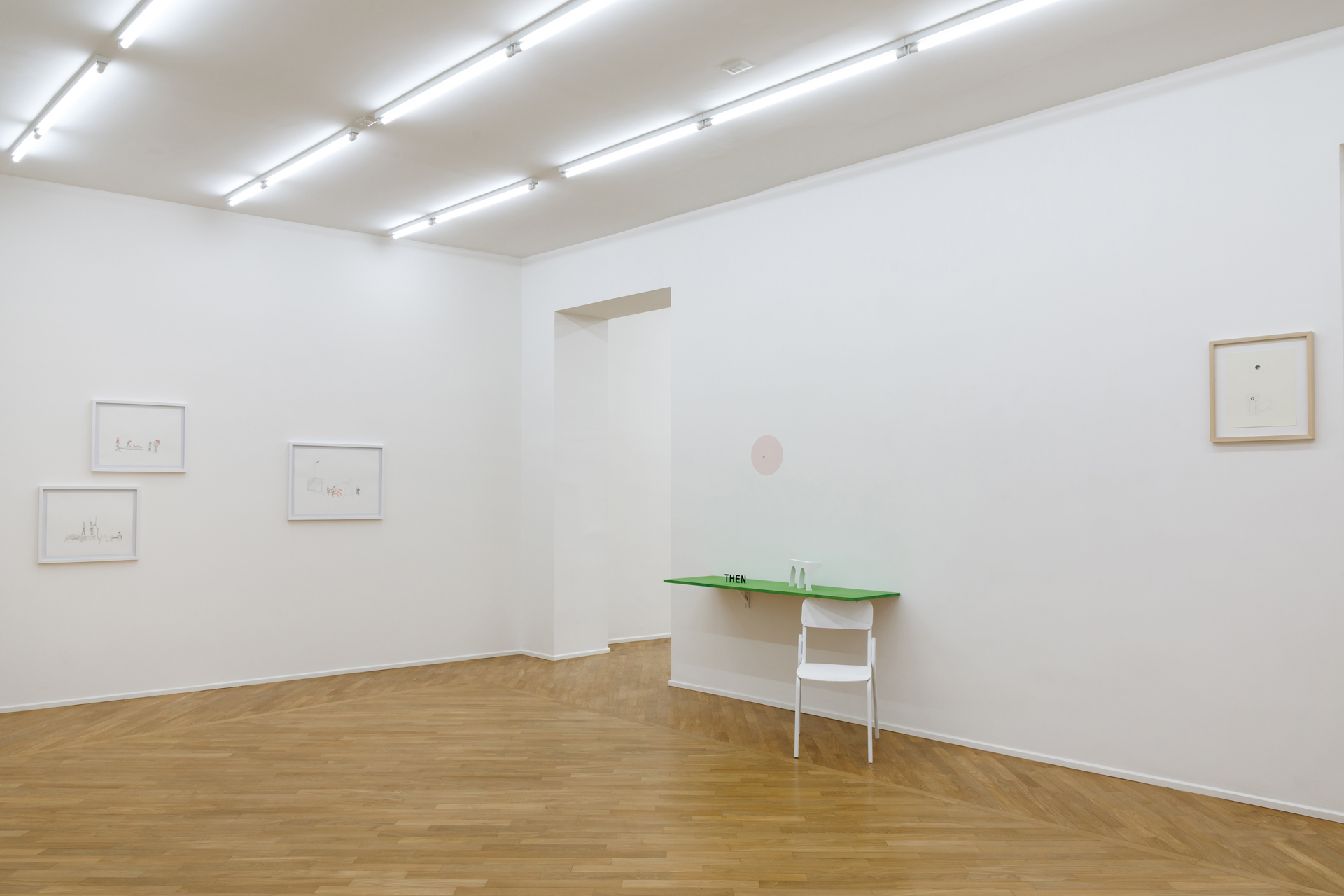



Galleria Umberto Di Marino is pleased to announce “Loophole,” the first italian solo exhibition by Massinissa Selmani. For the occasion, the Algerian artist will present a new series of drawings, his primary medium, along with installations reshaped specifically for the spaces of Casa Di Marino. Narrating and freely constructing a world of his own, always in balance between the gravity of his themes and grotesque characters, marked by a constant tension between surreal or improbable situations and solemn architectures, Selmani captures the moment when, within that absurdity, the possibility of real order emerges, and that is when laughter fades.
“Loophole” is an escape route, but also a narrow opening; it can be seen as a derailment from official history, a way out of the system, a gap through which one can either look or flee. Its very ambiguity paradoxically explains the multiple layers of interpretation found in the landscapes Selmani constructs through his drawings and installations. Pushing the limits of reality, breaking through a wall, and carving out an exit is a concept dear to Naples, a city dotted with architectural and social loopholes, where the boundary between official and unofficial is porous and in constant flux. Here, protest is not direct confrontation, but a way of absorbing and rewriting power through its own grammar, transforming rules into exceptions, and vice versa. Even the use of drawing itself, especially in this essential form, made up of isolated figures, surreal spaces, and entirely white backgrounds, is a loophole. It does not aim to build monumental and totalizing narratives that universalize the human condition, but rather to become an interstitial possibility, where there is no dialectical opposition. The suspended, comic, and disoriented characters neither fully obey nor rebel; instead, they seem to glimpse alternative paths, losing themselves in narrative holes and continuous reversals of common logic.
Each drawing is a crack, a breach that highlights the absurd stumbles of a reality that can no longer close its own loop, opening up infinite thresholds through which the possible can filter in. A “gentle sabotage”, technical, social, historical, and narrative. Drawing inspiration from press photography in printed newspapers, Selmani’s images suggest traces of latent tragedy or the foreshadowing of an elusive, impending violence. The fictional potential they evoke, constructed through deliberately familiar gestures or architectural fragments, resists clear spatial or temporal definition.
What comes to mind is the idea of a “minor literature”, not in the sense of a reduced or marginal form due to lack of means, but a practice that, starting from a peripheral position, manages to dismantle the codes of dominant language from within, by forcing or bending them. Selmani, in fact, presents a world where architecture does not confine, gesture is out of sync, and figures move according to a logic that is neither compliant nor deviant, but rather askew. The narrative is paced by a mechanism that unravels itself, blurring the line between event and fiction, and leaving the field open to possibility and the unforeseen.
And so, even the narrator, the artist, scatters the story with ambiguities and uncertainties. But as in Borges, where a story begins with a writer still thinking about writing a story, here too the structure remains unstable, yet surprisingly sharp: despite the shifts, the gaps, the fictions, and the loopholes, the action, drawn, remains perfectly described.


